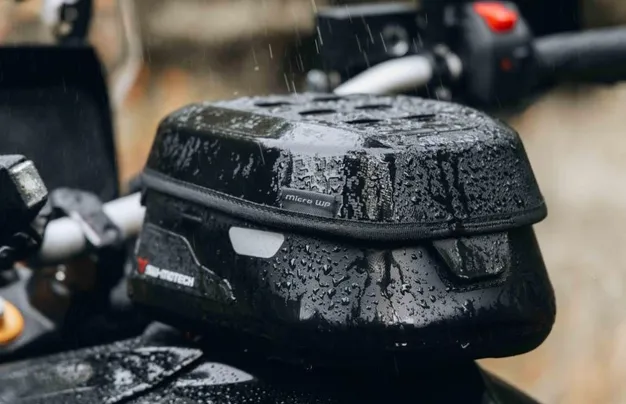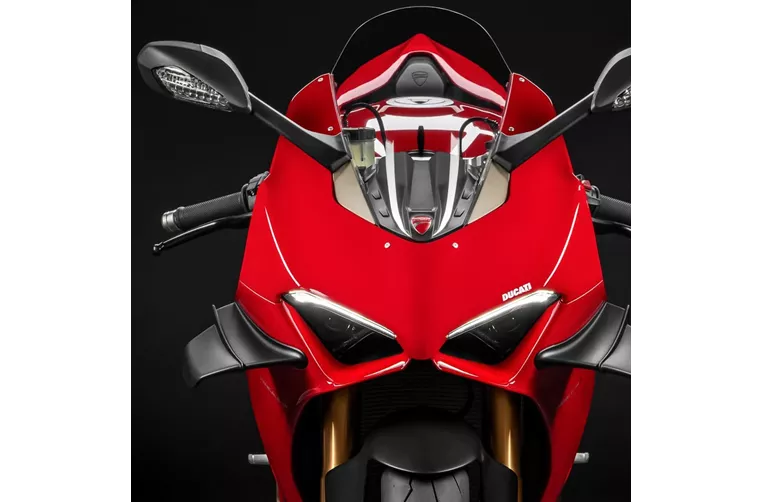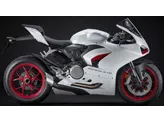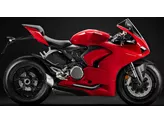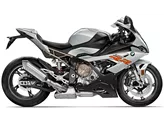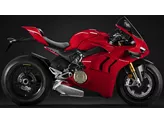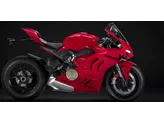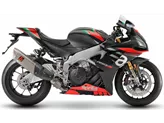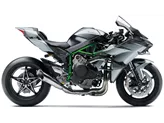Ducati Panigale V4 2018 vs. Ducati Panigale V4 S 2021

Ducati Panigale V4 2018
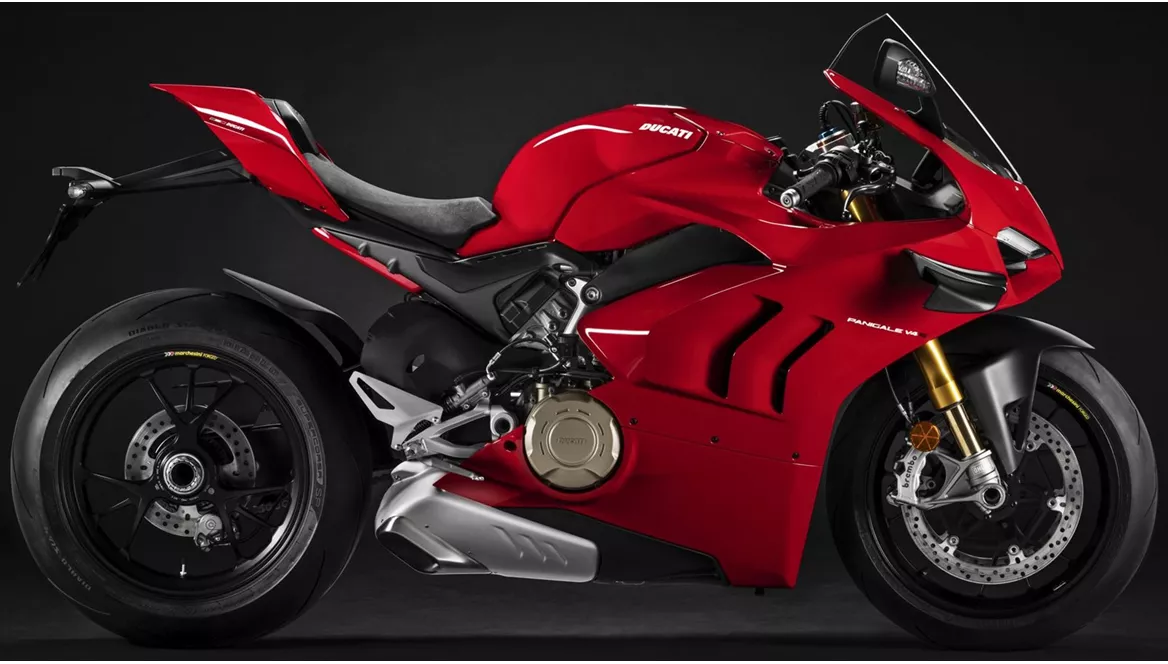
Ducati Panigale V4 S 2021
Overview - Ducati Panigale V4 2018 vs Ducati Panigale V4 S 2021
The Ducati Panigale V4 2018 and the Ducati Panigale V4 S 2021 are both powerful supersport motorcycles with similar technical specifications. They both have a V4 engine with a bore of 81 mm and a stroke of 53.5 mm, producing 214 HP of power and 124 Nm of torque. The compression ratio is 14 and they have a 90-degree configuration with 4 cylinders and 4 valves per cylinder. The valves are operated using the Desmodromic system. The displacement of both bikes is 1103 ccm.
In terms of suspension, the Ducati Panigale V4 2018 is equipped with a Showa upside-down telescopic fork with a diameter of 43 mm at the front, and a Sachs monoshock at the rear. The suspension is adjustable for compression, preload, and rebound. The chassis is made of aluminum and has a monocoque frame type. The rake is 65.5 degrees and the trail is 100 mm.

Ducati Panigale V4 2018
Both bikes have double disk brakes with a diameter of 330 mm at the front, using radial, monoblock technology from Brembo. They are equipped with ABS as an advanced rider assistance system. The front tire has a width of 120 mm and a diameter of 17 inches, while the rear tire has a width of 200 mm and a diameter of 17 inches. The wheelbase is 1469 mm and the seat height is 830 mm. The dry weight of the Ducati Panigale V4 2018 is 175 kg, while the dry weight of the Ducati Panigale V4 S 2021 is slightly lighter at 174 kg. The kerb weight of the Ducati Panigale V4 2018 is 198 kg, and the kerb weight of the Ducati Panigale V4 S 2021 is 195 kg. Both bikes have a fuel tank capacity of 16 liters and are equipped with LED headlights.
The Ducati Panigale V4 2018 has several strengths, including a powerful engine with charisma and great manners, a pleasant upper body position compared to other supersport bikes, a sufficiently dimensioned chassis for country roads, a powerful but not intrusive sound, and good wind protection. However, it has a few weaknesses, such as the seat getting warm especially in city traffic and the engine/clutch feeling a little rough in tight hairpin bends.
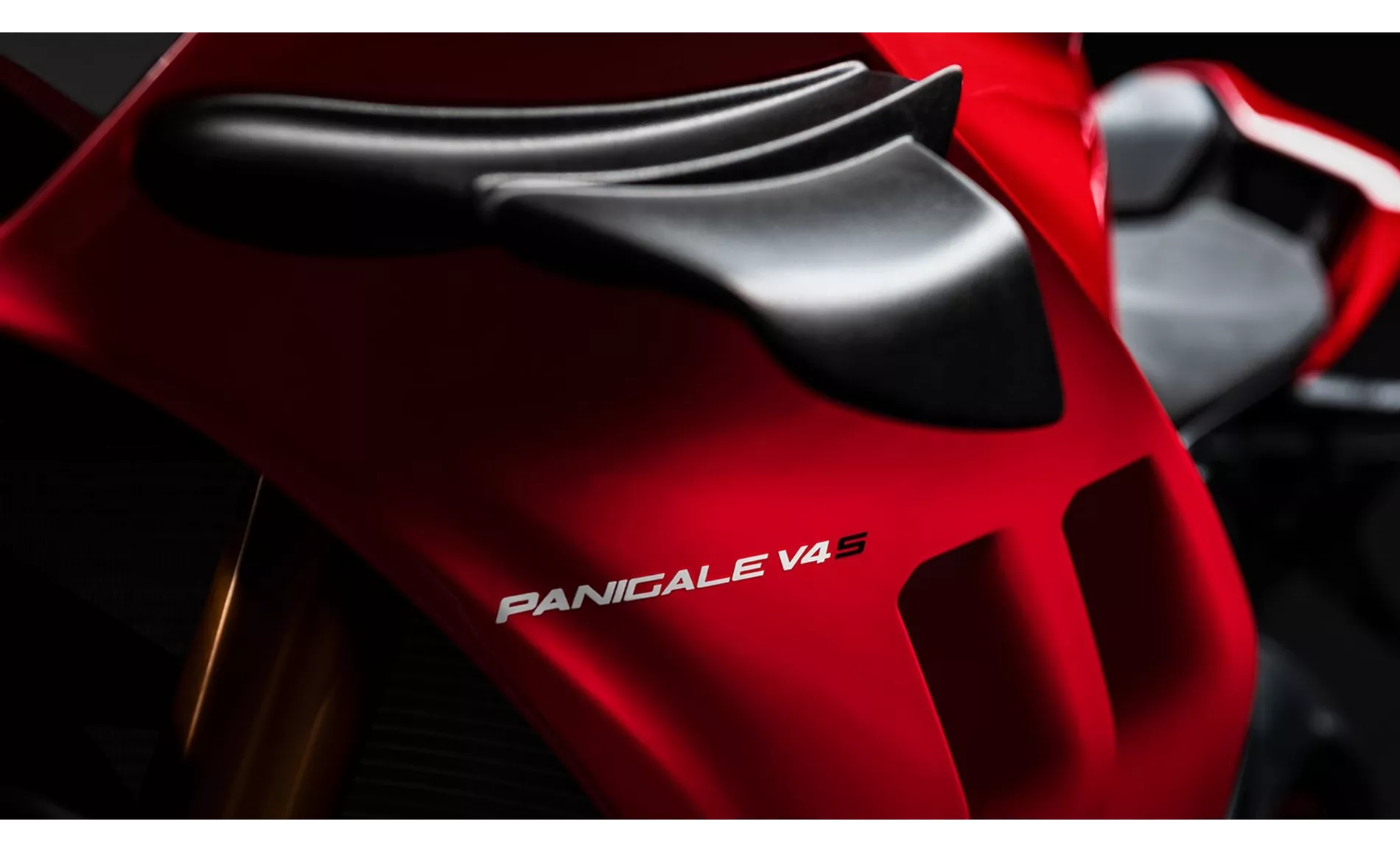
Ducati Panigale V4 S 2021
On the other hand, the Ducati Panigale V4 S 2021 has several strengths compared to its predecessor. It offers more power for 2022, better controllability, tuning of chassis components, improved ergonomics, and changed gearbox tuning. However, it has a few weaknesses, such as the brake feeling somewhat spongy and the lack of a water temperature display in degrees.
In summary, while both the Ducati Panigale V4 2018 and the Ducati Panigale V4 S 2021 share similar technical specifications, the 2021 model offers improvements in terms of power, controllability, chassis tuning, ergonomics, and gearbox tuning. However, it also has some minor drawbacks compared to its predecessor, such as the spongy brake feel and the absence of a water temperature display in degrees.
Technical Specifications Ducati Panigale V4 2018 compared to Ducati Panigale V4 S 2021
Pros and Cons in comparison
Pros and Cons in comparison
Ducati Panigale V4 2018

The Panigale has become much more accessible in the 2018 V4 version than before. The engine, in combination with the electronics package, is still not as flawless and sterile as an inline four, but in practice it is a real blessing for Ducatisti - and a positive surprise for riders of other brands. The Panigale V4 also surprised with tolerable riding comfort on the country road and a pleasant level of stability. Progress here was clearly in the right direction. The new V4 is stronger and faster but also easier and more pleasant to ride.
Ducati Panigale V4 S 2021
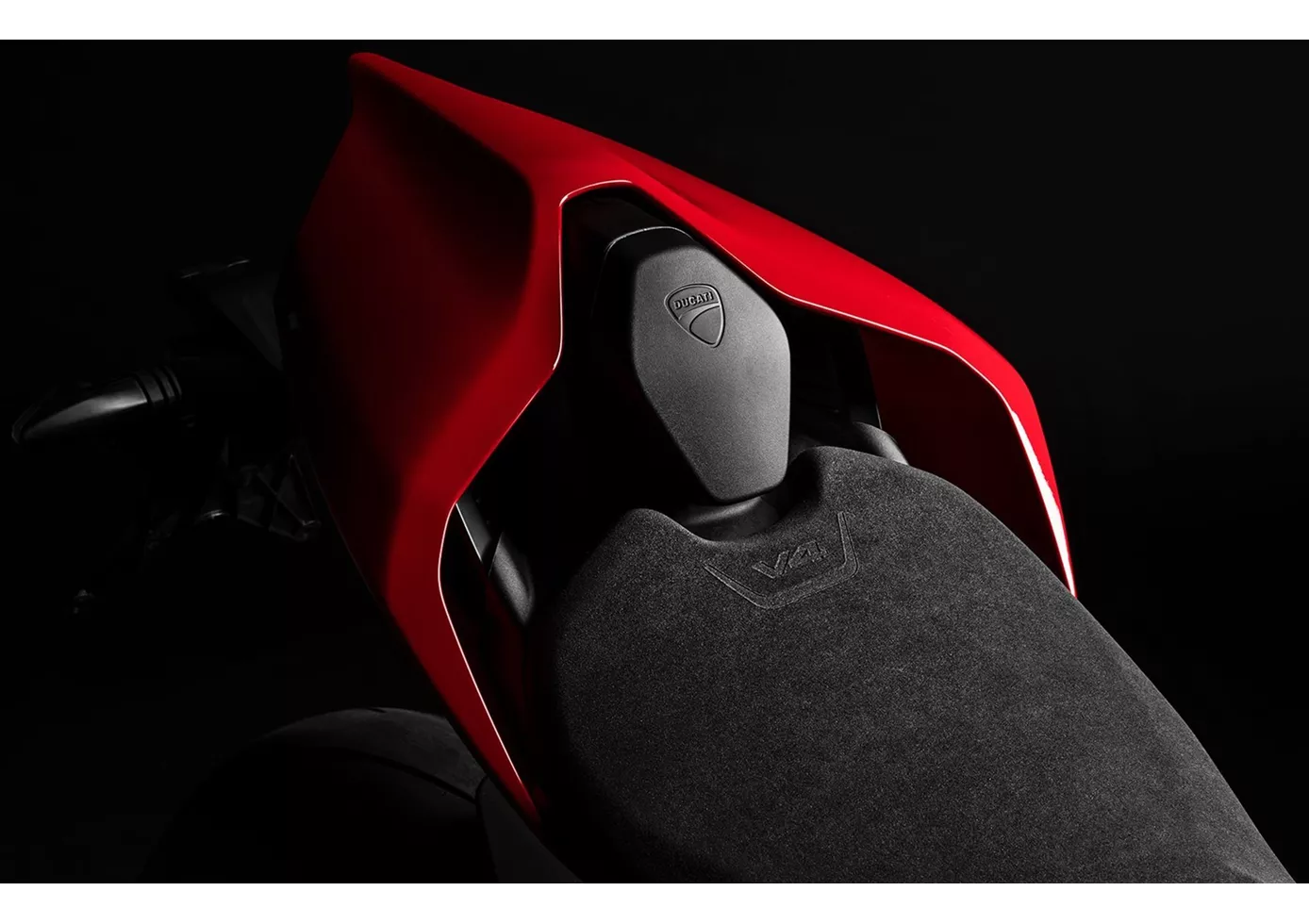
There are hardly any real weaknesses left in the current Super Bikes anyway. Who gets along better with which motorbike now depends more on personal preferences than on pure data. By further improving the rideability, the Panigale can certainly score points with more and more riders. The latest update of the Panigale V4S, however, brings some advantages in terms of racetrack use and, not least due to the diverse setting options, probably enables many riders to improve their lap times compared to the predecessor. But how much depends largely on the rider!
Price Comparison Avarage Market Price Ducati Panigale V4 vs Ducati Panigale V4 S
There are a few key differences between a Ducati Panigale V4 2018 and a Ducati Panigale V4 S 2021. In terms of price, the actual average price of a Ducati Panigale V4 S 2021 is about 39% higher. Compared to Ducati Panigale V4 S 2021 there are more Ducati Panigale V4 2018 bikes available on the 1000PS.de Marketplace, specifically 5 compared to 4. It takes less time to sell a Ducati Panigale V4 with 91 days compared to 133 days for a Ducati Panigale V4 S. Since model year 2018 1000PS.de editors have written 18 reviews for the Ducati Panigale V4 and 21 reviews for the Ducati Panigale V4 S since model year 2018. The first review for the Ducati Panigale V4 was published on 11/5/2017 and now has more than 131,500 views. This compares to more than 131,500 views for the first review on Ducati Panigale V4 S published on 11/5/2017.
